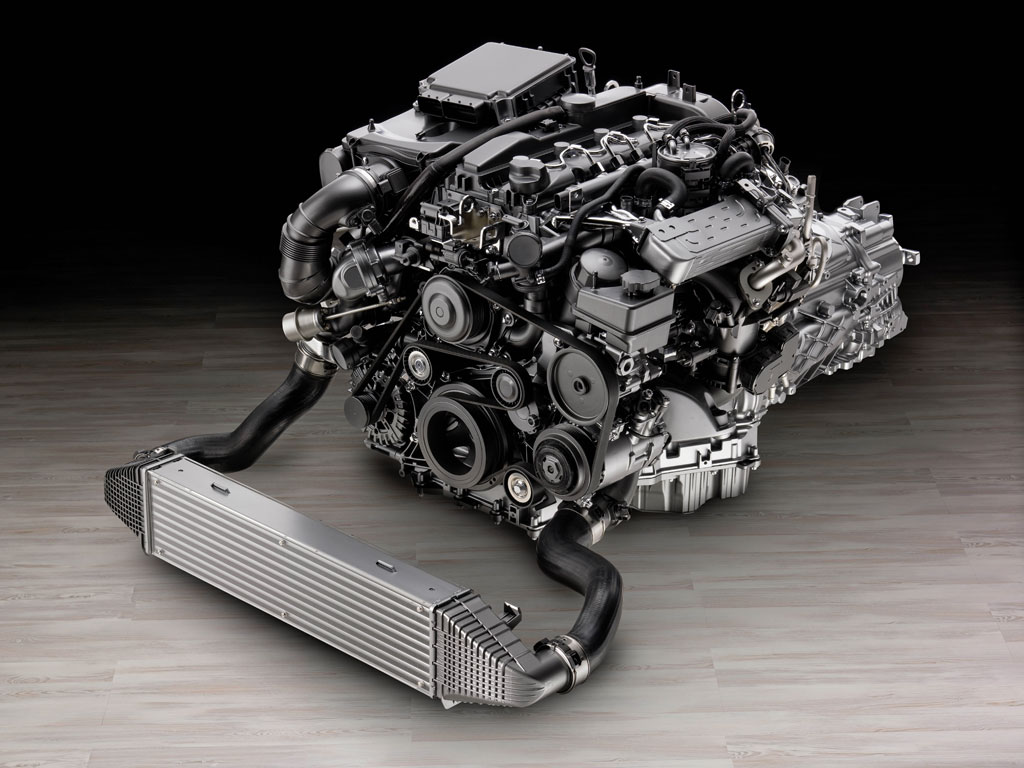Meet Franny, my Dutch cargo bike. Yes, that's me after riding it home from the grocery store, with two full bags of groceries on the front rack, along with my messenger bag, which generally holds my lunch bag and other stuff... Also, I *do* normally wear a helmet while riding, which you can see resting on the rear rack -- I took it off for the photo!
Why a big and heavy Dutch Bike? It's not just about having a heavy bike so as to give the rider a Cadillac-type ride. These bikes are built to carry racks, bags, baskets and child seats, while remaining stable. They maintain generous clearances around your feet and have the structural integrity to support heavier loads. These bikes are built for everyday transport of both people and things. They're not built for racing (though there is a pretty amusing video from 1933 of folks racing these 50-plus-pound beasts around the streets of Bussum, near Amsterdam -- actually, what they're racing are called transportfietsen, or Transport Bikes, which were used by bakers and butchers to deliver their wares -- those were the delivery boys doing the racing!), but rather for everyday transportation, in style.
The previous owner tells me that it is a Franssen Panningen (a fact that I have been unable to confirm or deny via the interwebs). I bought it off Craigslist from a guy in L.A., who had it imported from The Netherlands a few years ago, but then discovered that it was too tall for him to ride safely with his daughter on the back. So, my friend agreed to put it in the back of his truck and deliver it to me on his next trip north to the Bay Area... and now it's mine! A mechanic (who used to work at Tip Top Bike Shop, near my house in north Oakland, and was previously an employee of the Dutch Bike Company in Florida) who inspected it tells me that it is actually an unbranded Azor Opafiets, based on the lugs and the welding. Azor is a well-respected Dutch bicycle manufacturer that is known for producing frames and complete bicycles of a very high quality. My frame is no exception, though I have had to slowly upgrade the components one by one to bring them up to the same standard...
When it first showed up at my house, it looked like this:

Stock, it came with a front hub drum brake, operated by a hand lever, and a rear coaster brake hub with an internal Sturmey-Archer 3-speed gearset (model 'AWC (II)'), operated by a gripshift on the handlebar. It also came with front and rear fenders, rear skirt/coat guards, a full-enclosure chain guard, plastic pedals, a nice black paint job, lots of chrome, a stock vinyl sprung seat, a front and rear incandescent-bulb lighting system operated by a bell dynamo running on the front tire, and a really nice Dutch bell.
One of the first things I did was to remove the bell dynamo (Named for its shape, that's a type of dynamo, or electric generator, that operates by friction by rotating against your front or rear tire) and incandescent lighting system. I replaced it with a system of lights that runs off a hub-based dynamo generator (which still includes a drum brake, but is frictionless, operating instead using magnets), and turns itself off and on based on the ambient lighting level, but that I can also switch on or off manually if I want to. I did it using these components:
- a Sturmey-Archer X-FDD Generator/Brake Hub:

- a switched Busch and Müller Lumotec Oval Senso Plus headlight with standlight and sensor:

- a Busch and Müller 4D Lite Plus fender mount taillight, with a metal bar to protect the plastic lens in case of a rear end collision, and a Standlight:

Next, in order to make it into a proper cargo bike, I added a five-rail Cetma rack with custom handlebar mounts and struts, made in Eugene, Oregon:

This rack can carry a LOT. I've carried C on it, and she weighs like... uh... as much as a human being... I've also carried home four 15-pound bags of compost for the garden, no problems. Here's a photo of me bringing home a TREE on the rack (along with my bag, which probably also had a 6-pack of beer in it):

I also wanted a comfier seat for my ride, given the generally poor condition of roads in the Bay Area. I chose a classic choice to match the classic style of the bicycle -- a Brooks B.135 double-sprung saddle with a two-wire frame, which looked like this when it was new:

However, I recently performed a procedure on it to make it "Butchered and Tied," resulting in it looking like this:
What has happened is to bring the middle of the seat down and away from constant contact with the sensitive groin area of the rider. This, on a Brooks Saddle, also loosens the seat, making for a much more comfortable ride on both counts.
Another modification that I've made is to the coat guard, which previously had basically a friction fit onto the fender. I drilled a hole in the front and in the back, on each side, through the coat guard and the fender, and threaded a small piece of steel wire through the hole to hold the coat guard in place as the bicycle goes over the major bumps that I encounter constantly when cycling in the Bay Area. The modification looks like this:
I just twist up the end of the wire like a twist-tie, so that if I ever need to remove the coat guard, I can just untwist the wire and unthread it to facilitate the removal. (Or, cut the wire.)
Next, I'd like to add a Sturmey-Archer X-RD8 internal 8-speed rear hub with drum brake, to give me an easier time getting this nearly-50-pound bicycle up hills. While I'll miss the coaster brake, I'm sure I'll eventually get used to it, and having a drum brake on both the front and the rear should give the bike amazing stopping power. This modification will also require the addition of a new front crankset, because the X-RD8 has as its lowest gear a direct drive ratio, while my current 3-speed Sturmey-Archer rear hub actually has a 33% reduction for its lower gear. The result is that, while I can get away with a 46-tooth cog on the front today, after the upgrade I will need more like a 28-to-34-tooth cog in order to get the big beasty up the hills. The choice of 28 or 34 teeth depends on whether I can successfully find a set of 74mm Bolt-Center-Diameter [BCD] cranks, or whether I'm limited to the chainring that can be bolted directly to 110mm BCD cranks. Here's what I'm talking about, for you folks who, like me a week ago, just got lost by that previous sentence:
As you can see, the smaller BCD size allows for a smaller chainring, which in turn has fewer teeth. If I'm limited by the chainring that will fit onto the larger BCD-sized cranks, it necessarily has a larger diameter, meaning more teeth. In fact, I probably just need that very same adapter pictured in the above photo, if only I can find it...
I will keep you posted as the process evolves, right here on this blog. Until then, happy cycling!
cheers,
~Garlynn




















































